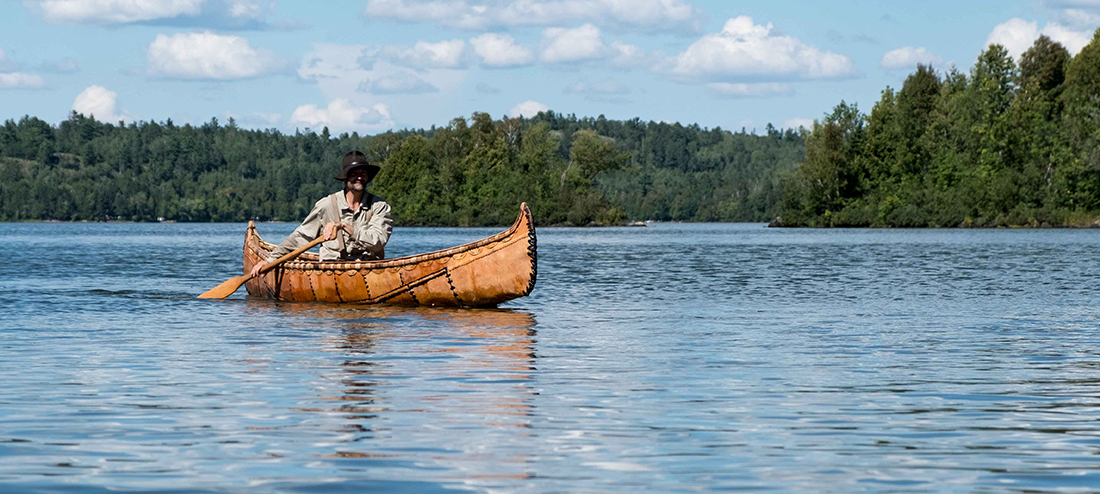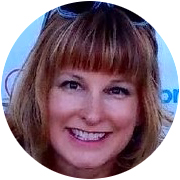In July 2017, after observing an apple strudel-making class with a dozen participants, I got a chance to sit down over lunch with Ely Folk School Program Coordinator, Betty Firth, and Board Member and Output Committee Head, Molly Olson, to find out what has made this 27-month-old school successful.
“The folk school movement was about a specific period of time. It had a philosophical origin,” Firth said.
Sometimes course ideas can be a bone of contention, causing some to question the mission of a folk school, Firth said. Ely Folk School publicly states its mission: to build community by providing learning experiences that celebrate the wilderness heritage, art, history, culture, and craft of the people of northern Minnesota. If someone wants to offer a small engine repair class, is that traditional knowledge? Firth and Olson discussed a few examples that could sway the argument either way.
Firth explained that before the school even opened, community members who thought Ely should start a school examined the business models of other folk schools throughout the country. (The Ely Folk School website says over 200 folk schools operate in the United States.) They looked at the pay scale and models for hiring teachers, the cost of the courses, and the structure of the board and/or management to determine what would best fit their community.
The school launched an Indiegogo campaign to raise money for supplies and other start-up essentials. In May 2015, they launched their first classes…and in June 2015 Molly Olson and her husband moved to Ely. Olson said they had wanted to move to Ely from Wisconsin and to start a folk school so she was thrilled to find one had just started. She went to a board meeting shortly after arriving in town to check it out and became a board member at her first meeting. “We’re a working board, with lots of work to be done,” she said. The board has eight to 10 members who serve a minimum one-year term and the whole board meets once per month. The four committees—output (marketing), input (membership), oversight, and executive—meet more frequently.
Olson said in future board members, they look for dedication first and the skills they offer second. She admitted that the Board has a bit of a challenge as people have come and gone at different times during the last two and a half years. But the classes and the school itself are thriving, offering public events such as a Thanksgiving potluck, clogging, canoe trips, a flotilla and dances.

Firth said anyone can propose a class; there’s a link on their website to do so. And when the board and staff evaluate what classes to offer, they “try not to step on the toes of other organizations that are out there.” For example, the local library “does an amazing job on kids’ programs,” Olson said. So EFS offers no competing classes, but children do come to classes at the folk school to study things not offered at the library. The youngest participant to build a bat house was two years of age, for example, while students in their 80s also learn at the school.
Ely Folk School works closely with the Chamber of Commerce and Incredible Ely (a nonprofit that promotes the town) to get the word out to tourists in the area so they can join the classes. (Walk-ins are always welcome.) And the school received a marketing grant from Iron Range Resources Rehabilitation Board to do a radio and print ad campaign outside the immediate regional area, Olson said. They are also looking for mutually beneficial partnerships and creative ways to fundraise. One idea involves a course to teach sauna building and then to auction off the sauna the class builds as a fundraiser.
But with all of their classes and events, EFS always looks at how any expansions align with their mission, provide a way for the community to connect, and use local resources. Regarding local resources, Firth used two examples: fabric dying and the birch bark canoe. The fabrics were dyed by using local, invasive species (buckthorn and tansy) and local minerals such as iron and copper, so not only did people learn the skill of dying but also how to identify plants and minerals and apply them in useful ways. The canoe class went into the bogs and wooded areas surrounding Ely and foraged and collected spruce root, cedar, and sap. They learned to cut spruce roots without killing the trees and how to create pitch from tree sap for waterproofing.
EFS’s website calls folk schools “havens for interaction and renewal.” Though residing in a town of just 3500 people, Ely Folk School has a big reach, with students coming from all over the world to renew their interests in bookbinding, jewelry making, paddle carving, Slovenian cooking, bent willow chair crafting and so much more. Visit their website for full course offerings or if you’d like to visit Ely and teach at the folk school.

Jill L. Ferguson
contributor
Jill is the author of ten books, an artist, editor, entrepreneur and consultant. She is the founder of Women's Wellness Weekends (www.womenswellnessweekends.

Trackbacks/Pingbacks